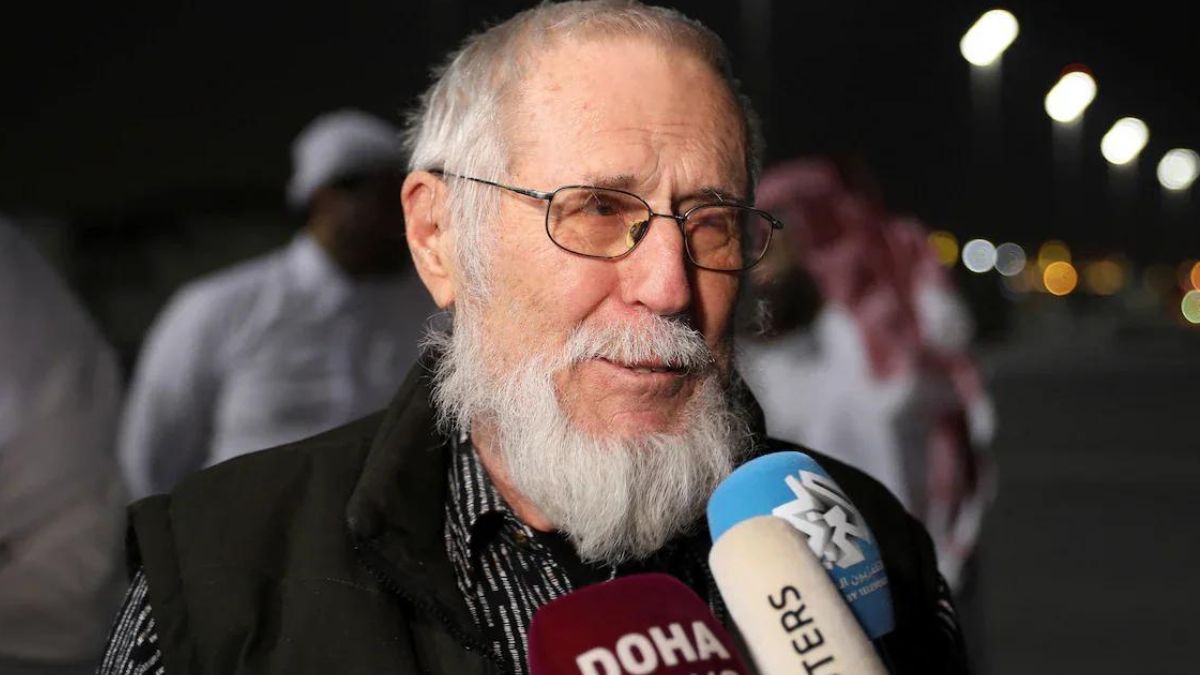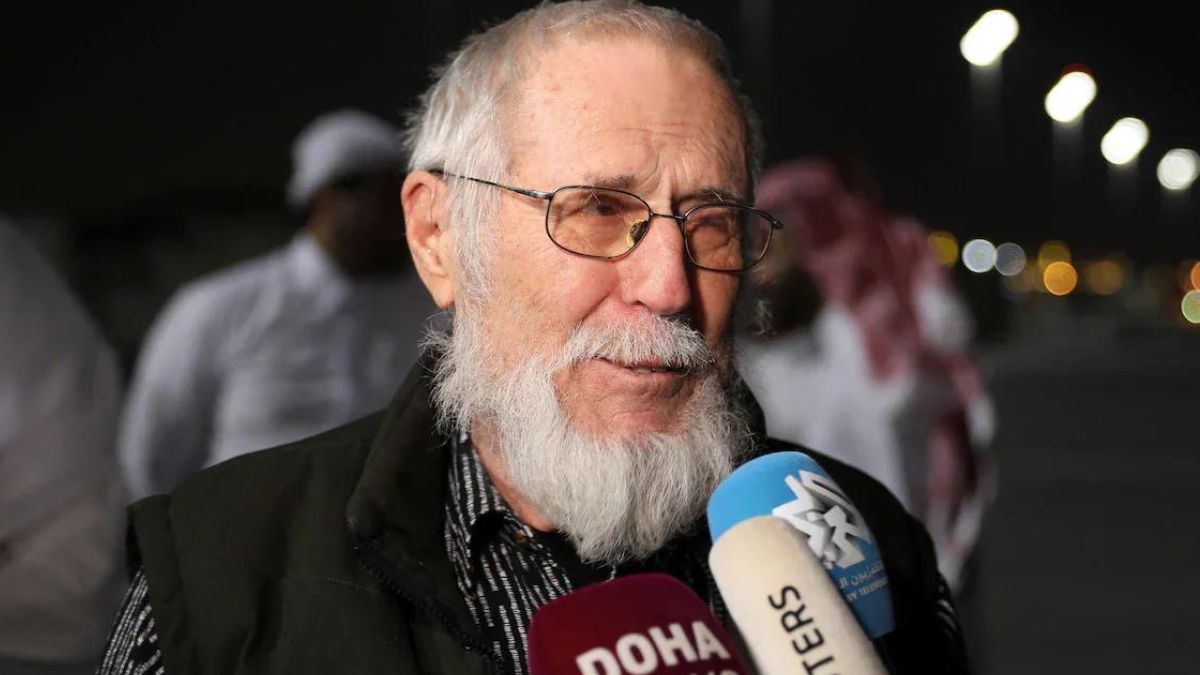The appointment of Mullah Akhtar Mohammad Mansoor as the new leader of the Taliban last Friday is seen to be a shot in the arm for the peace process in Afghanistan. His reputation as a relatively moderate leader and supporter of peace talks between Taliban leadership and the Ashraf Ghani-led Afghan government, could facilitate an end to many years of fighting, suggested The Guardian .
But what do we know about Mansoor, who arguably finds himself in pole position to helm the Taliban?
Born (circa late 1950-early 1970; estimates vary) in Kandahar, the birthplace of the Taliban, Mansoor has been a member of the outfit for over two decades. Deutsche Welle reports that Mansoor joined the Taliban after the group grabbed control of Afghanistan’s second largest city in 1994. Two years later, he was appointed aviation minister in the Taliban government and stayed in that position from 1996 to 2001.
Despite being a relatively minor leader at the time, Mansoor’s worth to Omar was evident as early as 1997. As The Daily Beast reports, following a failed attempt to capture the northern city of Mazaar-e-Sharif, Mansoor was captured by an Uzbek warlord. After two months, Omar secured his release by means of a prisoner exchange.
A major milestone on his road to prominence was the 1999 hijack of Indian Airlines flight IC-814, which as The Indian Express reports was overseen by the then civil aviation minister. One of the three militants exchanged for the safe release of 189 passengers and crewmembers aboard the aircraft was Maulana Masood Azhar.
The newspaper quotes former Research and Analysis Wing officer Anand Arni as stating that when Azhar was released, Mansoor embraced him “like a long lost friend”, before being whisked away in a white Toyota Land Cruiser. Azhar would go on to form Jaish-e-Mohammad and is wanted by India for his role in the 2001 attack on the Indian Parliament.
Following the US-led invasion of Afghanistan in the aftermath of the 11 September, 2001 terror attacks, Mansoor fled to Pakistan, to whose authorities he had endeared himself after his handling of the hijacking. As The Guardian report noted, he was among the many senior Taliban leaders who chose to seek amnesty from the new Afghan president, Hamid Karzai.
But “after a series of aggressive night raids he fled to Pakistan, where he helped reshape the Taliban as an insurgent force”. The death or capture of higher-ranking Taliban leaders by Pakistani security forces during this time, saw Mansoor quickly rise up the ranks.
Stars and Stripes reports that it was around this time that he was given twin charge of political and military affairs in the shura, the Taliban’s seven-member supreme council. Mansoor was Omar’s deputy over the past three years, and if the latter had indeed died two years ago , it means that Mansoor has effectively been leading the Taliban for two years.
Former Taliban official Wahid Muzhda is quoted by Deutsche Welle recognising the new leader for his “pragmatic” approach and “practical vision for the Taliban”. Muzhda credits Mansoor for convincing other Taliban leaders to set up a political office in Doha, through which peace negotiations with the West have been conducted.
But not everyone is pleased with the appointment.
The Nation reports that the Taliban is divided into three clear groups over the issue of Omar’s successor. Former chief military commander of the Taliban Abdul Qayum Zakir—who stepped down from the post in 2014—leads one group, supported by Omar’s son and brother. The second group follows former governor of the Nimroz province and close aide of Omar, Muhammad Rasool. The third group backs former finance minister Mutasim Agha Jan, who is a proponent of peace talks. The report suggests that Omar’s eldest son Yakub may eventually choose to lead a fourth group.
Meanwhile, Al-Jazeera suggested that the Taliban’s supreme council was not consulted before the new appointment. Senior member of the shura, Mullah Abdul Manan Niazi claimed that the decision was taken without consultation with the supreme council, and that Mansoor “did not even contribute much to [the> movement".
Mansoor was endorsed as the most suitable successor to deceased former leader Mullah Omar by Jalalludin Haqqani, leader of the Haqqani Network—a largely autonomous group that is officially under the larger umbrella of the Taliban. But to make matters murkier than they already are, Jalalludin was reported two days ago by numerous publications including Dawn as being dead “almost a year ago… and buried in the Afghan province of Khost”. Although the Taliban issued a swift clarification on Saturday denying the reports, the damage has already been done, with Mansoor’s support base steadily dwindling.


)




)
)
)
)
)
)
)
)